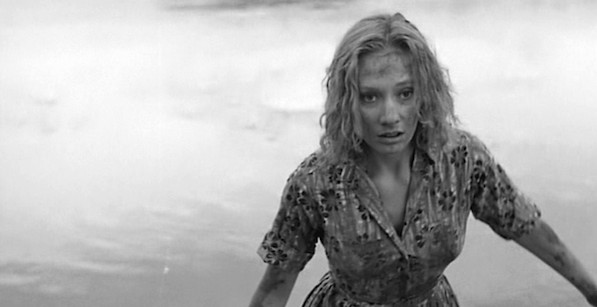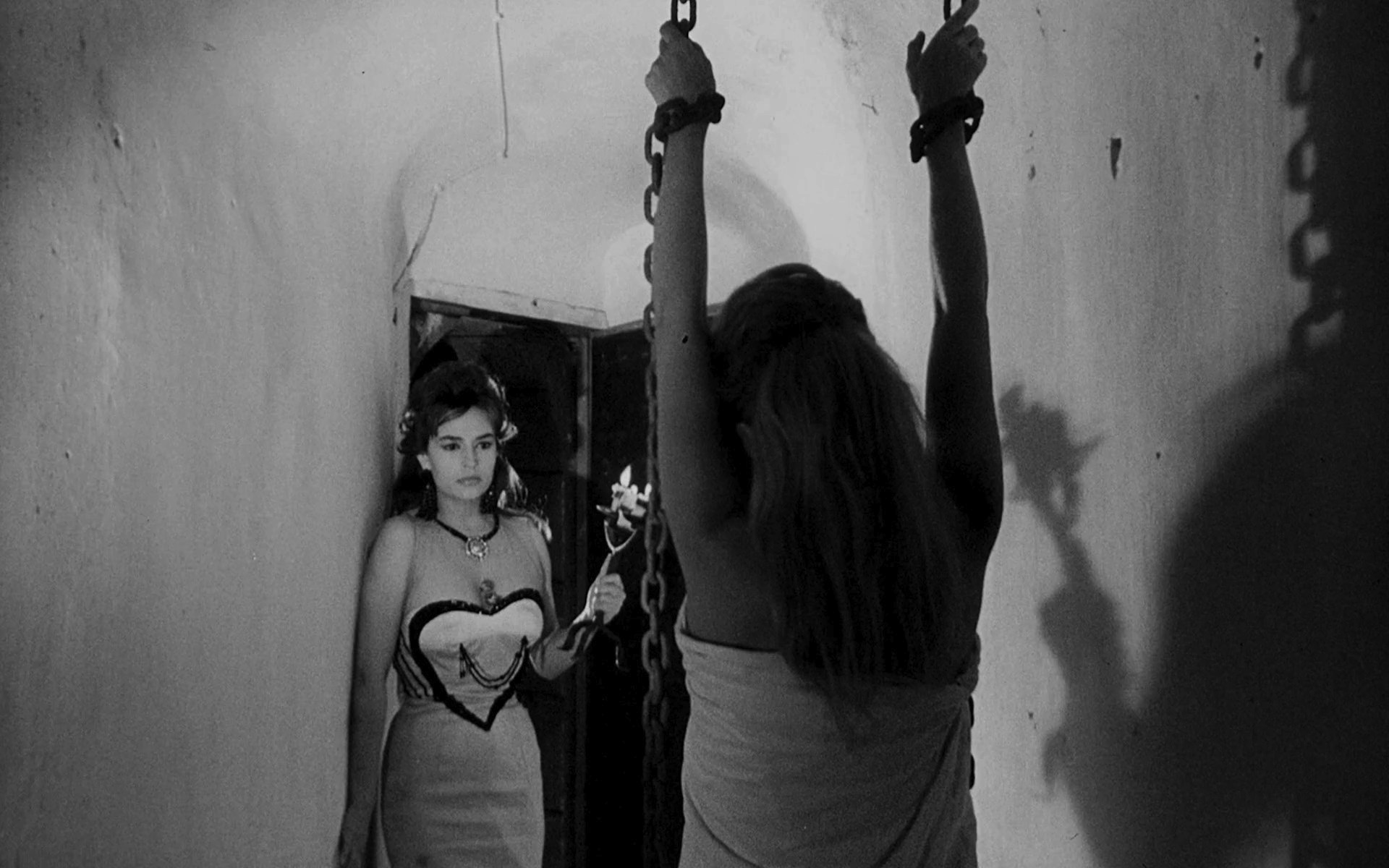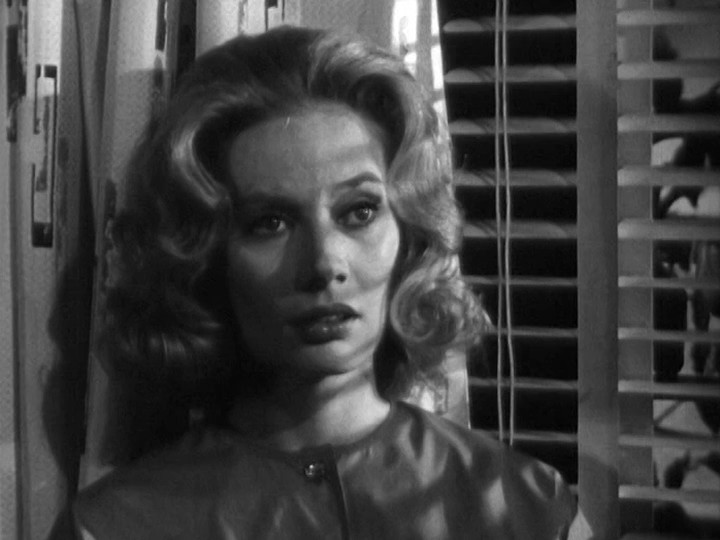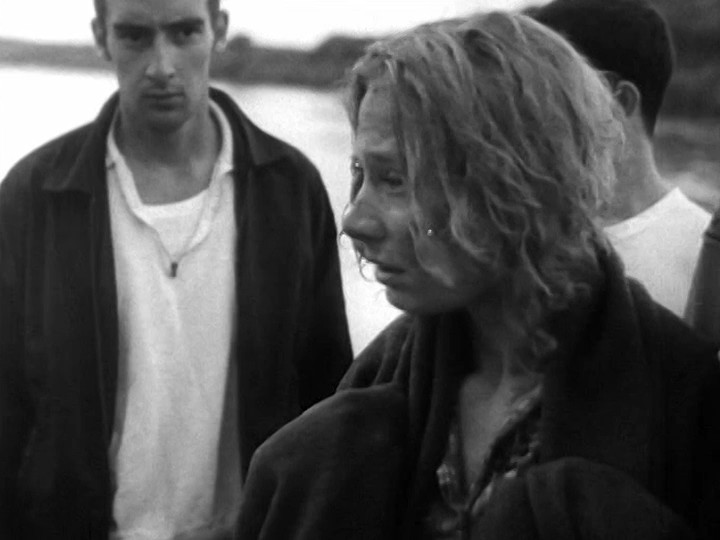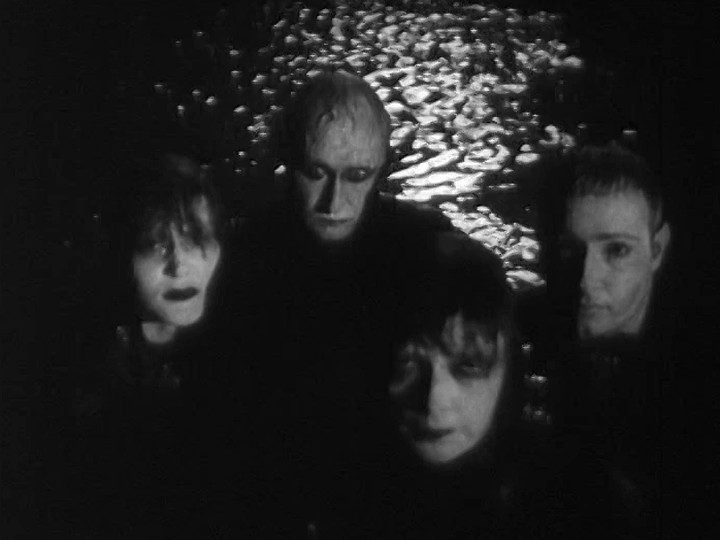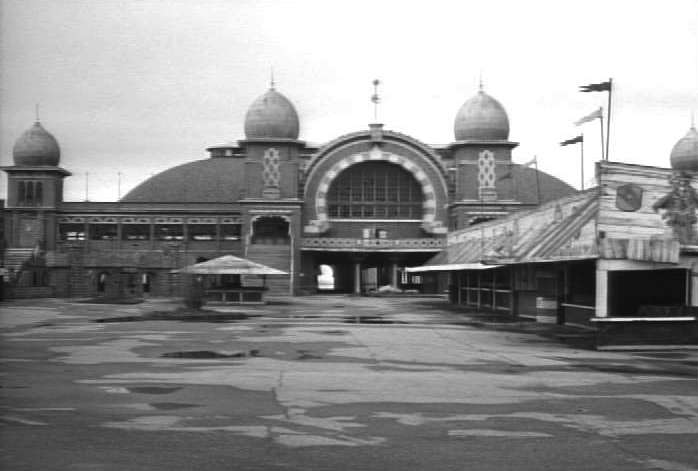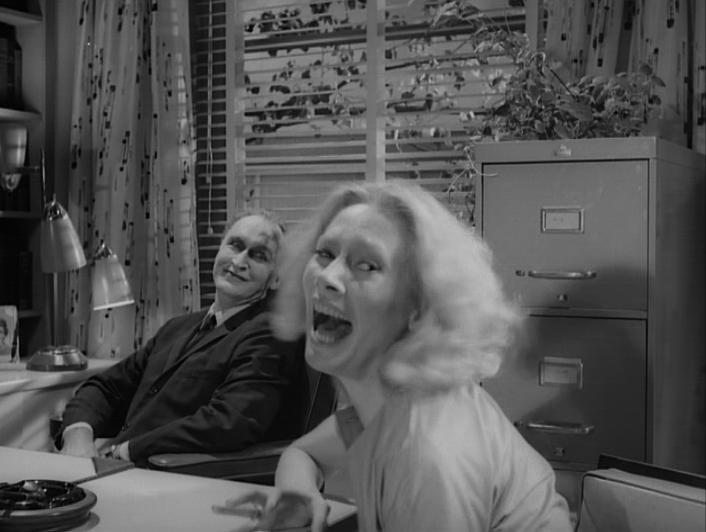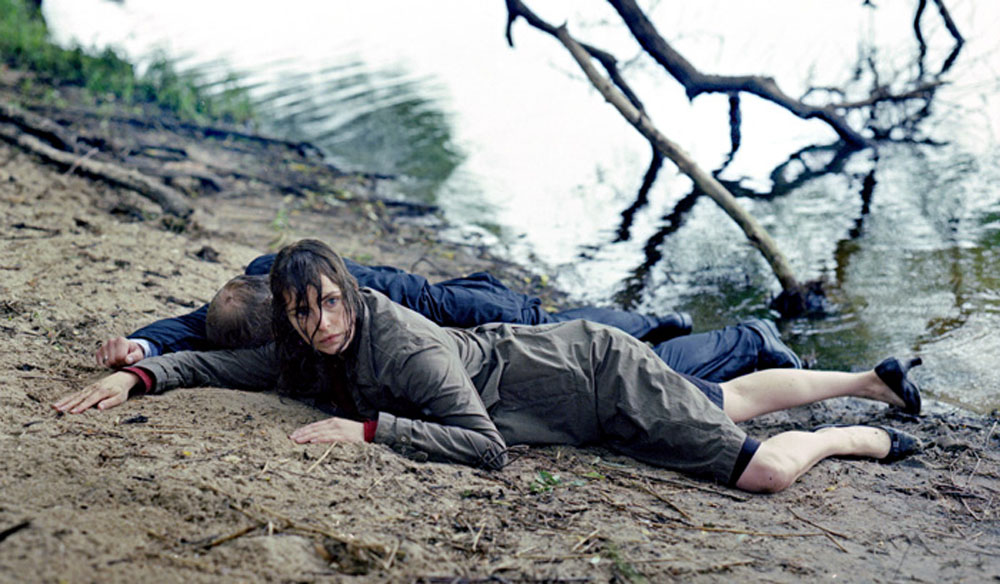The year 1962 was a healthy one for fans of horror cinema. Two years earlier Hitchcock’s Psycho had made it clear the genre had broader, more adult appeal than the major studios had long given it credit for. This resulted not only in a glut of “psycho-thriller” knockoffs (among the best being newcomer Francis Ford Coppola’s low-budget Dementia 13, released in ’63), but also relatively prestigious projects like Whatever Happened to Baby Jane?, which started its own vogue for grand Guignol chillers starring aged Hollywood luminaries. Meanwhile Roger Corman was still turning out his stylish Edgar Allan Poe adaptations and Britain’s Hammer Studios its period monster movies (as well as Psycho knockoffs). At the height of the Cold War, doomsday fantasies (like this year’s Panic in the Year Zero) remained highly topical, as did Godzilla and his brethren (including in 1962 Denmark’s bizarre one-time contribution, Reptilicus).
Drive-ins were the go-to place for all kinds of horror-related exploitation, some imported from abroad. And the year was a key formative one for the coming European horror wave, with Italy’s The Horrible Dr. Hitchcock and Spain’s The Awful Dr. Orlof providing lurid, stylish and influential models for much future dubbed sex and violence. Speaking of the latter, just a few months into the next year a no-budget feature called Blood Feast would splatter the screen with hitherto unimaginable degrees of butcher-shop gore…though for some time only rural grindhouse patrons would notice Miami entrepreneur Herschell Gordon Lewis’ censor-evasive daring.
Yet in all this scary diversity there was no commercial room for a film that now stands as one of the year’s most fabled, at least amongst horror aficionados. Arguably, there’s never really been a niche for the likes of Carnival of Souls, Herk Harvey’s first (and last) feature, with its favoring ambiguity, atmosphere and suggestiveness above more bluntly sensational concepts and “jolts.”
In fact, there isn’t really any violence at all in the film, though the threat is everywhere. While Psycho had instigated a craze for “psychological” horror, that usually meant homicidal mania eventually explained by some crackpot dime-novel “analysis.” (“As a child, Belinda was traumatized seeing her prostitute mother and a drunken sailor blah blah blah…”). Carnival of Souls, by contrast, tries to be a state of psychological distress: One its heroine, even if she’s actually stuck in some kind of supernatural limbo, experiences in terms akin to an anxiety attack or psychotic break. And the movie aims to channel that terrified disorientation to the viewer.
Mary Henry (Candace Hillgoss) is introduced cruising around with two other young women. When a couple of young men in another vehicle playfully challenge them to a drag race, the women’s car ends up plummeting off a country bridge into the muddy waters below. Authorities try to drag the swollen high-season river, to no avail. Yet hours later, Mary alone emerges from the murk, bedraggled and with no memory of her escape (or her fellow passengers’ fate).
Eager to leave the area after this unsettling ordeal, she continues with what she’d already planned: Moving to Utah, where she’s accepted a paid position as a church organist. But on the long drive there, she suffers the first of several terrifying visions in which a sinister chalk-faced man (director Harvey himself) appears out of nowhere to alarm and pursue her. Nonetheless, she makes it intact to her destination, moving into a boarding house with a somewhat brusque landlady (Frances Feist) and over-friendly fellow tenant (Sidney Berger as Johnny Linden) who commences badgering her for a date.
But Mary isn’t all that interested in company, romantic or otherwise, save at those times when she’s frightened by another seeming hallucination. Those come more and more often, not just at the boarding house but in such seemingly safe, public, “normal” spaces as a department store where she exits a dressing room to discover staff and customers suddenly no longer see or hear her. Is she, we wonder, already a “ghost” who did not, in fact, really survive that car accident? Is she stuck in some limbo between this world and the next, pulled toward the afterlife she resists by ghouls like Harvey’s nameless, speechless man? She develops an inexplicable fascination toward an abandoned carnival fairground outside town. And it is there that she will ultimately confront her terrors and her fate, willingly or not.
Though he hadn’t made a commercial feature before, Harvey was no stranger to filmmaking in general. A midwesterner trained in theater, he began working in 1952 for Kansas-based Centron Corporation, a leading producer of industrial and educational films. He spent three prolific decades writing, directing and producing the latter, creating such cautionary miniatures as Dance, Little Children (about the menace of general disease), classroom positive-reinforcements a la Why Study Home Economics?, and behavior-modification tools like Manners in School (use them!) and The Show-Off (don’t be one!).
Widely seen as these were in their particular spheres, they were entirely invisible outside the institutional world. No doubt with his own background in acting and stage classics, Harvey yearned for some dramatic expression more artistic than guiding the socialization of junior high students. Budgeted in the low tens of thousands, Carnival of Souls came about after he’d noticed the impressive but empty Saltair Pavilion outside Salt Lake City. It was a Depression-era entertainment complex (built on the site of an earlier such enterprise destroyed by 1925 fire) whose sputtering popularity finally flamed out with its closure in 1958. Realizing it was an ideal location for a horror film, available cheap (he was able to shoot a full week there for a grand fee of $50), Harvey co-penned a script with John Clifford and gathered a cast mostly local to Centron’s Lawrence, Kansas base.
The main exception was Hillgoss, an elegant perm’d blonde who’d been a showgirl at Manhattan’s Copacabana Club but had also done extensive “legit” theater work. She brought the requisite “otherness” to an alternately ordinary and aloof character who is described as being (even before her accident trauma) as “tough-minded” and “quiet-like.” Her “just a job” attitude toward the church-organist post disturbs several subsidiary figures, as when an instructor in her old town meaningfully advises, “it takes more than intellect to be a musician. Put a little soul into it.” While there’s no overt religious message to Carnival, the status of Mary’s soul is clearly a paramount one, whether it’s interpreted psychoanalytically (by Stan Levitt as a kindly shrink), in layman’s terms (frustrated Johnny finally dismisses her as “some girl who’s off her rocker”), or via her own late mystical revelation of not “belonging in this world.”
Alas, Carnival of Souls didn’t turn a profit even on its minuscule investment. The original distributor went bankrupt, and a missing copyright notice caused the film to pass into the public domain. As with some other such features (notably George Romero’s 1968 Night of the Living Dead, which it directly influenced), that latter misfortune probably helped it accrue an eventual cult following, even if the filmmakers didn’t profit from myriad, often low-quality dupes shown on TV or sold on VHS.
Uneven and sometimes clumsy as it is, B&W Carnival still exerts a fascination for its dreamlike qualities. Today it is available in a deluxe, authorized Criterion Collection edition, the ultimate proof of accumulated critical and fan regard. Its original negative is now preserved in the Academy of Motion Picture Arts and Sciences’ Los Angeles Film Archive. There was even a color remake in 1998, though the less said about that the better. (Predictably, that movie undermined all the original’s strengths by making crudely explicit all the violence and sexual unease Harvey had only hinted at.)
While Herk Harvey lived long enough to enjoy some of that latterday acclaim, he never made a second feature, despite some attempts. (He got as far as starting to shoot a science-fiction thriller called “The Reluctant Witch,” but numerous logistical problems forced that to be abandoned mid-production.)
Still, Carnival of Souls is one of those “little films that couldn’t,” at least initially, but whose legacy continues to grow with each passing year. While Harvey perhaps mercifully died before he could see that 1998 version, one suspects he would have been quite flattered when a decade later one of today’s most talented German directors Christian Petzold created a veiled homage in the form of unofficial remake Yella. It’s a movie whose heroine (Petzold regular Nina Hoss) likewise struggles to find her place in the world, only to realize that perhaps she, too, has already passed from it.

